Brown patina .
The lion and the snake face each other , this is a crucial moment in the fight between them , the lion's whole body is shown alert with tense muscles , while the snake is shown with its body swollen and throbbing .
The lion is represented roaring , dominating the scene with the right front paw holding the snake , he has his hindquarters posed , he is calm and in control of the situation .
The serpent is shown with its mouth open , hissing .
Signature of the sculptor " BARYE " hollow on the naturalist terrace .
Old cast iron .
19th century period .
In a perfect state .
Antoine - Louis Barye (1795 - 1875)
Famous for his animal sculptures , Antoine-Louis Barye (1795 - 1875) is a silversmith's son, who is trained in metalwork with a military equipment manufacturer and Jacques - Henri Fauconnier .
In 1818 , he entered the Ecole des Beaux - Arts in Paris and apprenticed in the studio of sculptor François Joseph Bosio and painter Jean-Antoine Gros.
After several failures at the Grand Prix de Rome , Barye slammed the door of the Fine Arts in 1825 .
He then turned to animal sculpture which he would bring back up to date .
With his friend Delacroix , he goes regularly to the menagerie of the Natural History Museum to study and observe animals .
It was in 1831 that Barye made himself known to the general public by exhibiting " The Tiger Devouring a Gavial " (Louvre) at the Salon , a work staging a violent fight " of impressive virtuosity ".
Two years later, he triumphed with " The Lion au Serpent " plaster , which was also successfully exhibited in its bronze version at the Salon of 1836 .
Preferring bronze to marble considered too cold , the artist multiplied statuettes and small groups animals that he melts and chisels himself .
Barye died at the age of 80 , leaving behind an important production of drawings , watercolors and paintings as well as sculptures , pieces of goldsmith's work .
His works can be seen at the Louvre and Orsay Museums .












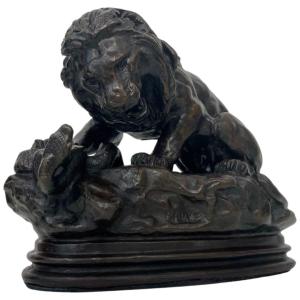













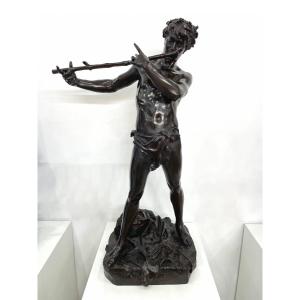
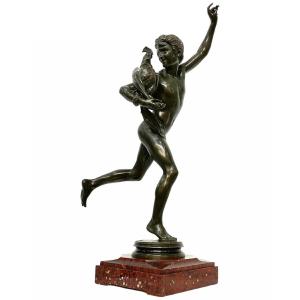
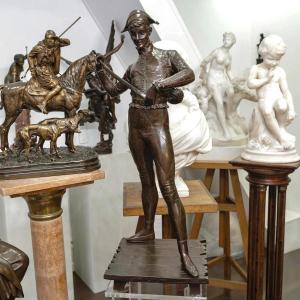



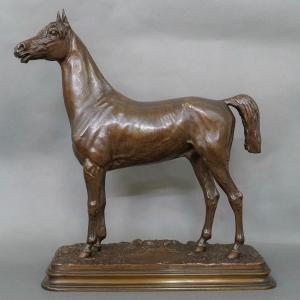



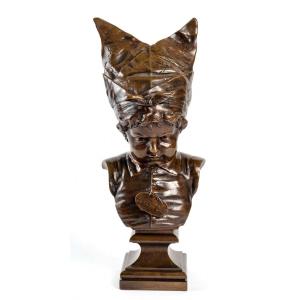
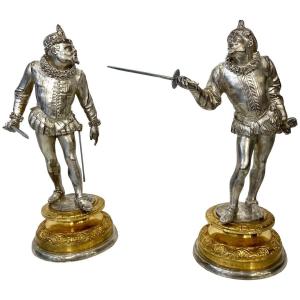
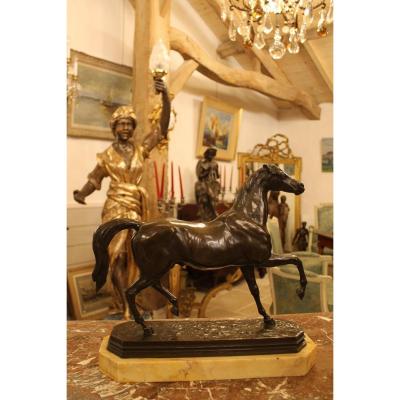
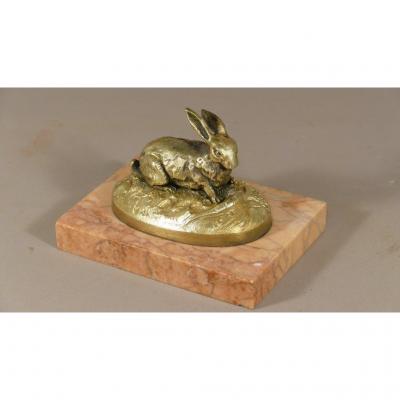


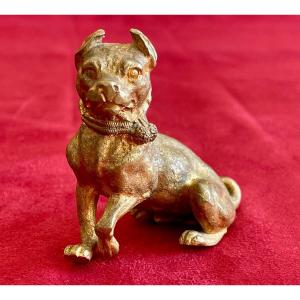



 Le Magazine de PROANTIC
Le Magazine de PROANTIC TRÉSORS Magazine
TRÉSORS Magazine Rivista Artiquariato
Rivista Artiquariato